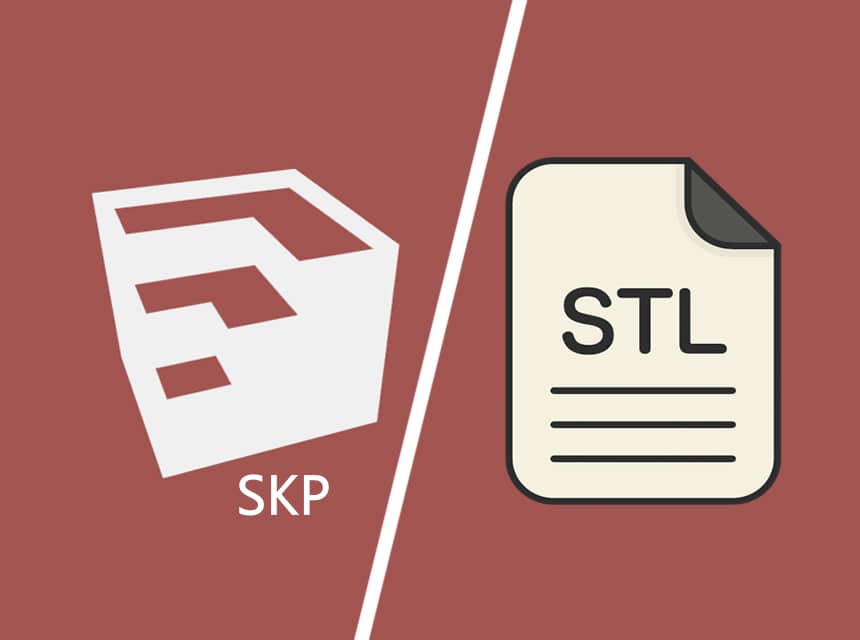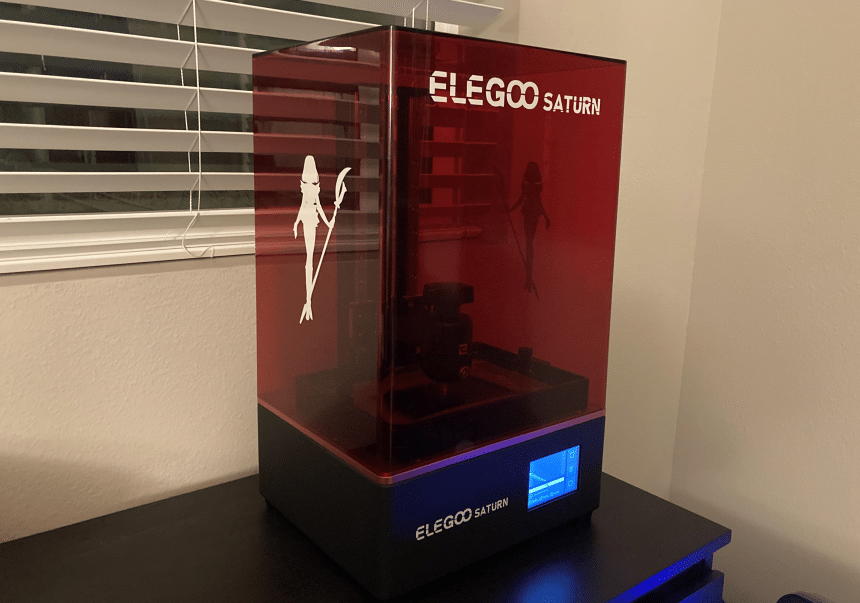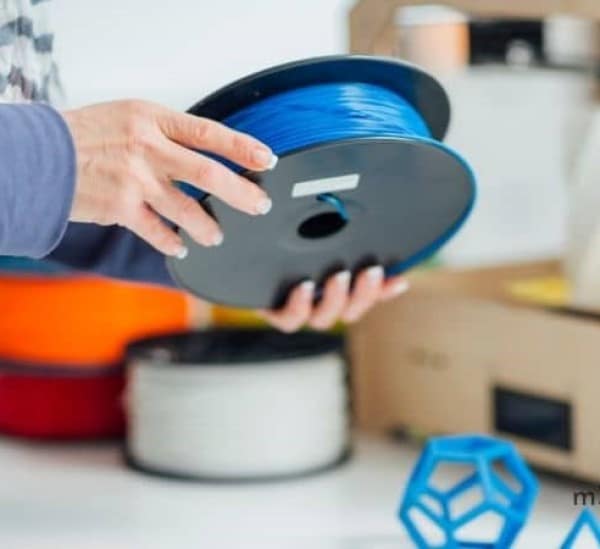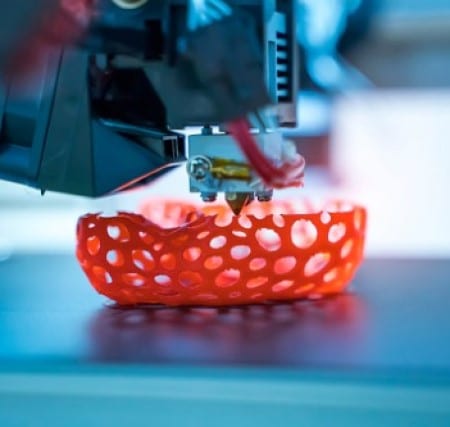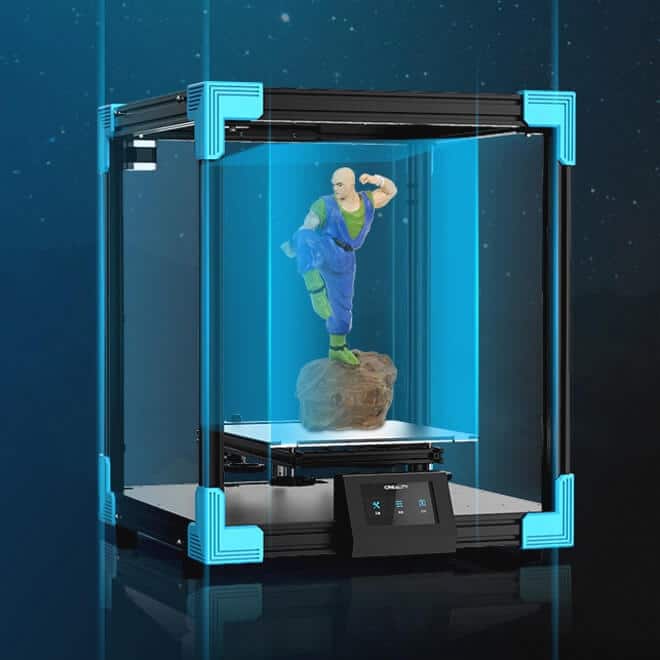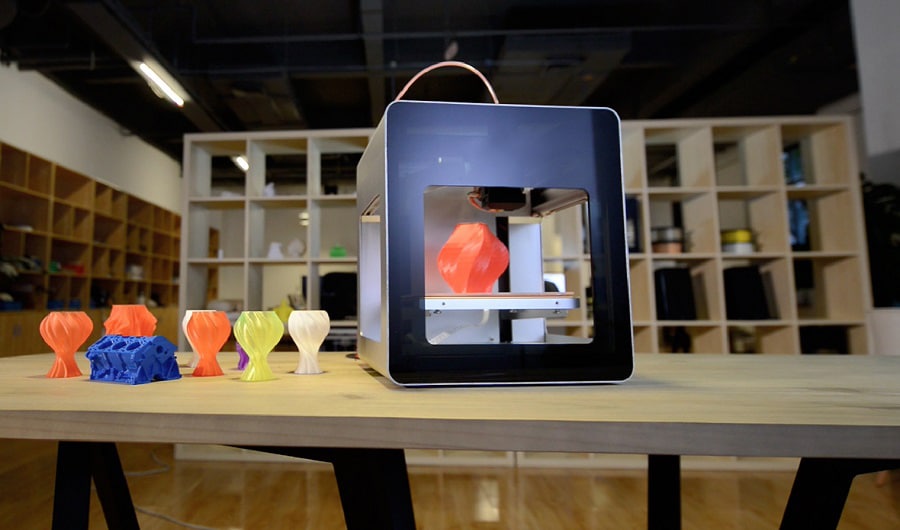

Most 3D Trusted Source 3D modeling - Wikipedia he term 3D printing or Three-Dimensional printing, a MIT process originated by Emanuel Sachs and Michael Cima in 1992, is a form of additive manufacturing technology where a three-dimensional object is created from successive layers of powdered material and an inkjet droplet-deposition stream of adhesive binder liquid. en.wikipedia.org printed parts are not printed solid. This is because printing them as solid parts takes a relatively enormous amount of material and take a long time. Therefore, to reduce the time spent and the overall cost of printing, most of the parts are printed with solid shells, which are then filled with infill.
This post covers 3D printing shell thickness. We will consider these shells, the differences between the shell and infill, and how you can use these shells to create optimal designs—excited to find out all of these?
Then read on to find out more.
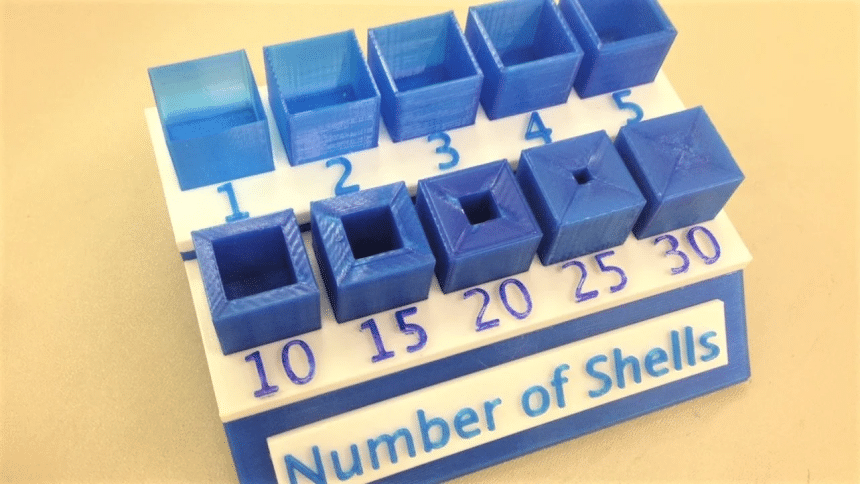
So, what exactly are shells in 3D printing?
Shells are outlines of each layer of your model. They are customizable, depending on the settings of the slicer.
To better understand what the shell is, think about a 3D printed cup. Before you print, you can change some of the slicer settings. Some of the settings that you might choose to adjust are the printer’s speed, the layer’s height, the temperature of the print, and so on.
If you set the shell thickness – which is also the number of shells – to the highest setting on the slicer, the printer will not print the cup for you. Rather, it will print a solid block without a hole in it – which is not what you are after.
To avoid such from happening, we provide some settings that you can employ and limits that you can set.
Why is shell thickness such an important factor to consider when creating a print? There are many benefits that it gives. However, arguably, the biggest benefit you get is that it helps increase the strength and durability of the part of a 3D print.
These two factors are especially important if the model you are creating is made to serve special purposes that require strength. Therefore, shell thickness is an important consideration when creating something like a handle or a mount.
The infill is the raw material that the printer deposits in the center of the model, while the shell is the material that lies on the perimeter of the printed model.
How can you select the right shell thickness for your print? Well, the selection of the shell thickness depends on several important factors. Choosing to use shells is a study in a compromise between several factors.
Out of all the factors to keep in mind, the best shell thickness will consider what you want to use the print for. You also certainly need to keep an eye on the cost and the duration of production.
We have distilled these important factors into points so you can better understand them.
Product strength is an essential factor to keep in mind. The thicker the shell is, the stronger the product. Therefore, you need to envisage what you might use the print for. If the model will undergo pressure and impacts during its lifetime of use, you need to ensure good shell thickness. Examples of such applications include mounts, cups, handles, and bowls.
In such a case, experts recommend that the shell thickness be four times the size of the nozzle’s diameter.
You can get great results if you use the best 3D printers.
If the print layers aren’t stable, you will likely end up with a problem on your hands. Most of the slicer software used in printing offers you the choice of using different shell thicknesses for the top and bottom layers.
Be careful when applying this setting because it is only recommended to have varying shell thickness if the model is being printed upright or if it will be used upright.
Ensuring a stronger bottom layer comes in very handy when designing models with heavier bottoms than the top. If it is not designed this way, then the model is liable to crash later during use.
When choosing the layer thickness, keep in mind that the layers don’t have to be very different in value. A slight difference in thickness should still provide you with a perfect model.
One of the things that affect the cost of printing is 3D filaments. If you are making plenty of models, you certainly will keep an eye on the amount of filament that you use.
To get optimal shell thickness, you also need to keep the amount of filament consumed in mind. When creating a thicker shell, you will need more filament than when you are creating a thinner shell.
A thicker shell might provide better strength, but you will have extra filaments.
For instance, changing the thickness to twice the nozzle diameter will double the amount of filament that you will use. To cut costs, you need to consider how thick you really need the shells to be.
Specialized printers, like 3d printers for ABS material, will help to manage your filament consumption.
If you don’t use ABS material, then you could go for PLA filament. Reviews indicate the TECBEARS PLA Filament is one of the best PLA filaments on the market.
The more filament a shell requires, the longer the time it will take to complete it. If you have ever printed anything with shells, then you can testify to this.
If you are printing a one-off design, you might not worry about the duration of printing. However, if the project requires that you print loads of models, then you might fret about the relationship between the thickness and duration.
To balance the duration and thickness, you will need to adjust your shell and infill settings. This will help you to use less filament and in a shorter time while not drastically reducing the strength and quality of your print.
Another consideration is post-processing. If you want a smooth, fine finish on your model, you will likely need to do even more work after printing the model.
The post-processing techniques that you use depends on the filament used in creating the model. Some filaments allow you to smoothen the finish on the model easily. They might be compatible with a solvent, while others might need to be sand-papered.
Regardless of the process you use, the chances are high that you will have to shave off some of the material. With this in mind, several people increase the thickness of their shells in anticipation of having some of the material shaved off.
And it makes sense. A thicker shell will give more space to carry out post-processing without fretting about how it will change the overall shape and integrity of the model.
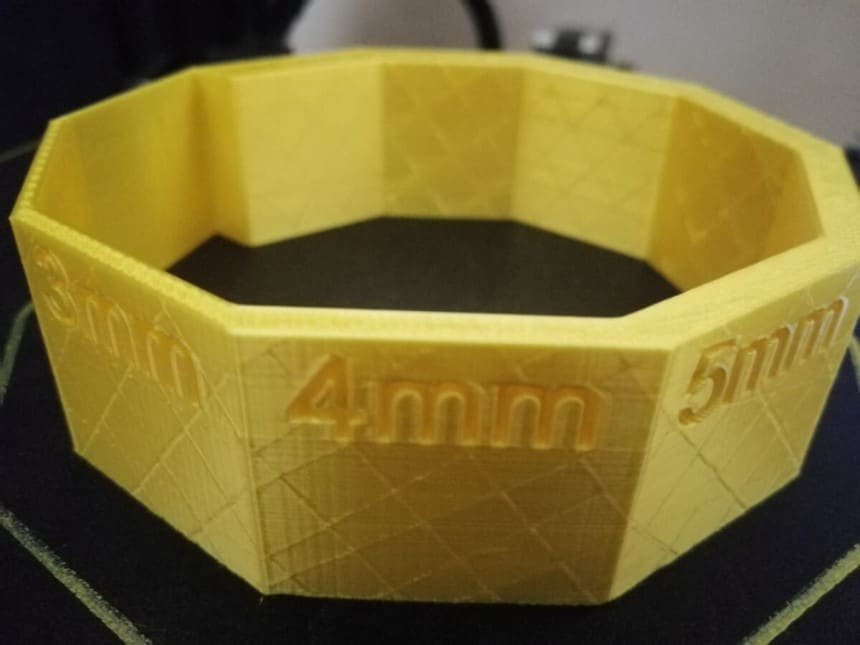
Your settings can affect the 3D printing shells. Some of the ways that it is affected include:
If you are looking to refine your 3D prints and make them look smoother and finer, then the best thing to do is to increase the shell thickness. When you refine the shells, it eliminates several layers from the model.
When shell thickness is increased, then you can shave some of the surfaces, and you get smoother details. All of these can be achieved without affecting the integrity and structure of what you are creating.
The strength of your model is also affected by the shell thickness. Because of this relationship, you can create stronger, more durable prints. You can adjust the thickness in the slicer settings of your printer.
Since printing shells use filaments, it inevitably costs you money. If you increase the number of shells, then this will increase the cost of printing.
With all we have said above in mind, how can you get the perfect thickness for your 3D shells? The basic answer is that the perfect thickness is dependent on the strength and durability that you need for the part that you are printing. It depends on what you want.
Some folks might use a thickness of 2, while others might use as high as 10. We hope that this article opens your eyes to the importance of 3D printing shell thickness.
You can find even more information about 3D printing and printers by reading some excellent books on the topic. One of the best books on 3D printing is the 3D printing for Dummies book.
